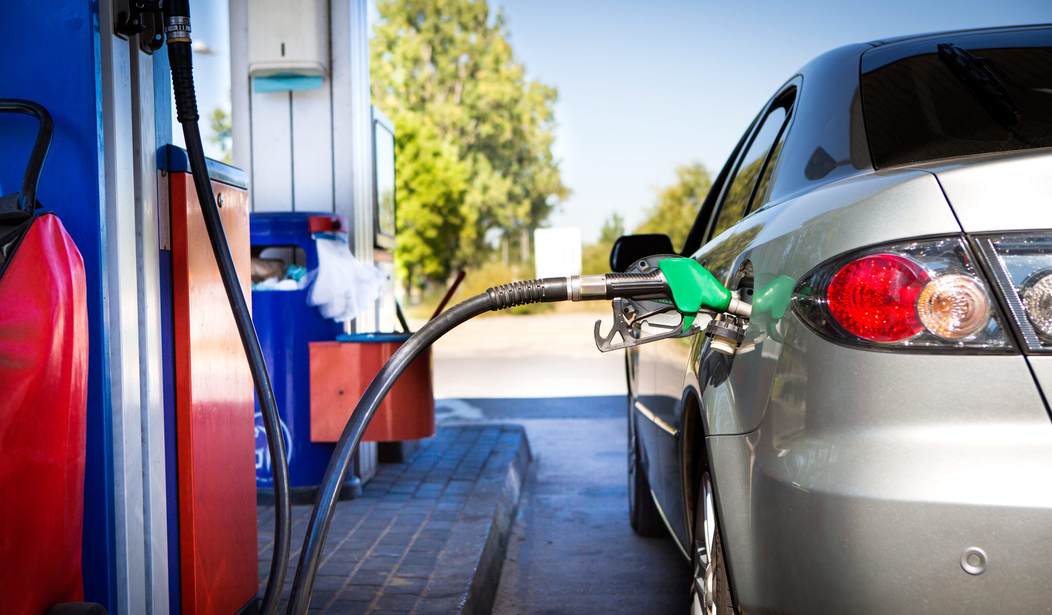Brace yourself! You could soon be paying more for gasoline.
The price you pay at the pump gets determined by a few different things, but unfortunately for consumers the risks mostly seem pointed in the wrong direction.
The key factors to watch are the supply of oil, demand for oil, and the availability of the refineries to convert crude oil into gasoline.
Venezuela Watch
Venezuela, currently mired in an economic malaise of hyperinflation and privation, produces around 1.6 million barrels a day, according to a February-dated report from oil cartel OPEC. That’s down from 2.2 million barrels a day in 2016. Still, despite the dire economic mess, it is a major world producer.
If the country’s economy collapses, and with it the oil business, then expect oil prices to jump by as much as $10 a barrel, or up 17 percent from about $60 a barrel recently, according to financial research firm Hedgeye Risk Management. There would also likely be a similar increase in the price of gasoline – an increase of around 31 cents a gallon versus the current price of $1.88 a gallon on the CME futures exchange.
Such price jumps wouldn’t last long because other oil producers, probably those in the Middle East, would quickly start pumping more.
There is another scenario.
Already, Secretary of State Rex Tillerson has primed countries neighboring Venezuela to expect further U.S. sanctions, according to Hedgeye.
Yes, there will be more sanctions, but don’t expect it to be an all-out effort to destroy Venezuela, says Dr. R. Evan Ellis, research professor of Latin American studies at the U.S. Army War College, Strategic Studies Institute and author of Transnational Organized Crime in Latin America and the Caribbean. Why? Because then the U.S. would likely be asked to fix the resulting mess.
What we do know is that Tillerson, formerly head of energy giant ExxonMobil, is an oil expert.
“Never before have we had a secretary of State who had such extensive knowledge of how to hurt Venezuela’s oil regime,” says Ellis.
In other words, Tillerson knows which sanctions will disrupt Venezuela’s beleaguered oil industry, while leaving the rest of the country mostly alone. Probably he’ll focus on halting the supply of replacement parts needed to drill. Eventually, lack of parts would bring Venezuela’s oil business to a standstill. And just like its economy collapsing, expect to pay 31 cents more a gallon for U.S. gasoline.
Such jump in prices would get exacerbated by the fact that the U.S. Gulf Coast is home to a slew of U.S. gasoline refineries that have been specially fitted to refine Venezuela’s heavy crude. They can’t operate using other types of oil and to retrofit the plants could cost as much as $1 billion, says Hedgeye. In any event, a refit wouldn’t be quick.
Iran
Separately, there is still the possibility that the White House slaps Iran with further sanctions this May. It produces around 3.8 million barrels a day of oil, according to OPEC. There are a lot of international agreements that President Trump hates, but the so-called Iran nuclear deal stands out above most as the focus of his ire. Earlier this year, the president gave Iran one more chance to behave better or else suffer more sanctions.
One thing we have learned about Trump is that he does seem to try to keep his election promises (cutting taxes is just one example). Therefore, it wouldn’t be unexpected if the White House hits Iran with harder sanctions soon, as well, thus boosting oil prices. It is difficult to precisely know how much of a jump to expect for oil prices, other than to say expect higher prices quickly.
Summer Fuel Switchover
Last fall, two massive hurricanes hit Houston and Florida. Since then, refineries across the U.S. have operated at full tilt, says Joe McMonigle, senior energy analyst at Hedgeye. They haven’t had time for routine maintenance.
But they will need to shut down within weeks to switch to producing summer driving formulation fuel. Whenever the refineries shut down, even temporarily, you can expect a slight bump in gasoline prices because the supply of auto fuel will be lower. Exactly how much will depend on how many refineries shut down at the same time.
More Demand
And finally, when consumption of gasoline and oil is high then prices tend to be higher. This increased use typically comes hand-in-glove with growing economies.
Currently, almost the entire world economy is expanding. As a result, a lot of oil and gasoline are being consumed thus keeping prices elevated.
Perhaps the one mitigating factor is that the shale-oil revolution is helping to increase the supply of oil from within the U.S. Still, for the time being expect the general drift in gasoline and oil prices to be upwards.









Join the conversation as a VIP Member